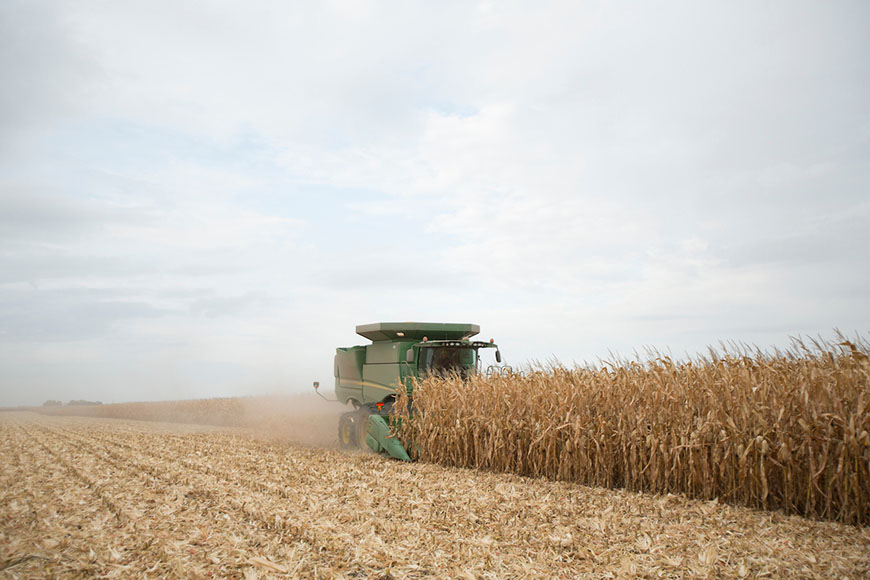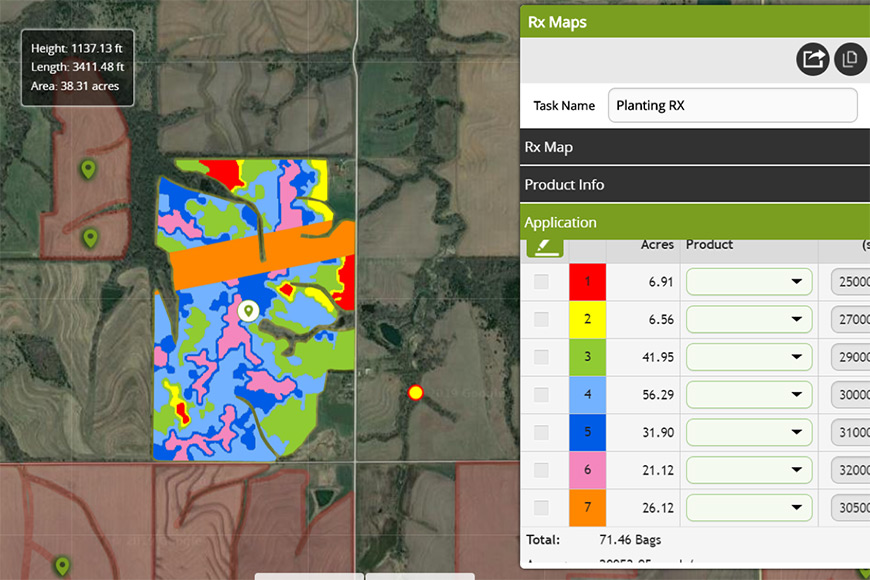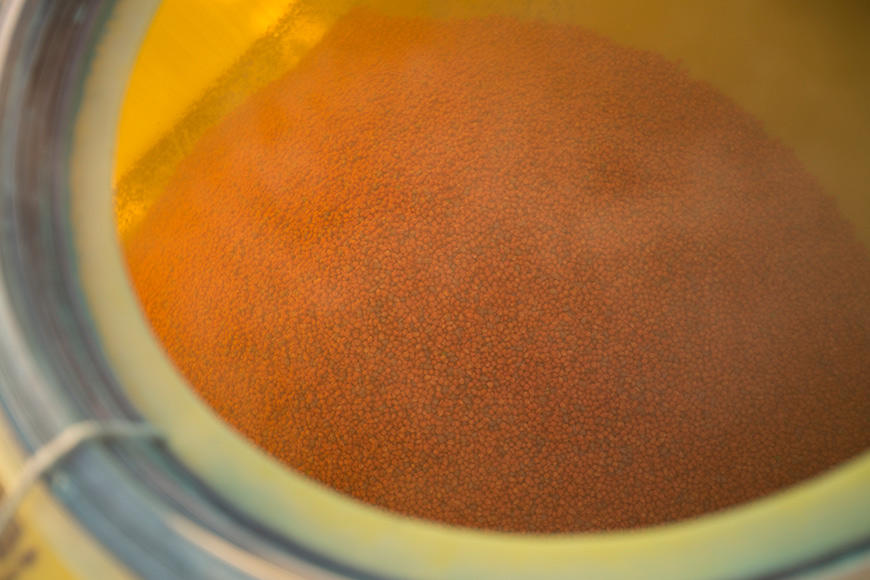Save Time and Effort When Gathering Yield Data

Do you take time at the end of the season to download, save and catalogue yield data from your combine? The rewards you’ll reap from retrieving this valuable information will be well worth the time and effort. Here are some tips to make gathering and using your yield data pain-free and rewarding.
1. Calibrate your monitors.
If you haven’t combined yet, make sure your monitor is properly calibrated to accurately calculate ROI in every part of the field. This is especially critical if you are running multiple combines across the same field. If these monitors have varying degrees of accuracy, your data will be skewed. Your agronomist can help you with calibration. If you’ve already run the combine, you can go back and do post-calibration in your desktop software; however, it’s better if the data is correctly collected initially.
Remember, calibration is not a one-and-done kind of thing. You should check calibration a couple of times during the year as crop conditions and grain moisture change throughout the season.
2. Use your monitor’s note-taking capabilities.
Mark field conditions that you see, including lodging, weeds, disease and greensnap. Try not to only focus on yield; use your combine’s features to their fullest to see what else is going on.
3. Analyze your data in a timely fashion.
Don’t put off analyzing your data at the end of the season. Look at it now while it is fresh in your mind and set a meeting with your trusted advisor to review it together. Pair your yield data with other data to look at the details regarding which parts of the field were your most profitable, which hybrids and varieties worked best, and how crops fared following various applications of crop protection products. This analysis will help to more accurately guide your decision-making for the 2019 season.
4. You probably have more than yield data.
Depending on your combine’s tech capabilities, yield data may be only one of the measurements available each season. Others could include moisture, swath width, time and date, speed, fuel consumption and who was operating the machine. If your combine has this additional information, use it. It could give you valuable insights to help you make harvest adjustments that result in better efficiency and more dollars in your pocket.
5. Collect data every year for comparison.
Use your yield data to support your management decisions and make positive changes to your operation. For example, was a low-yielding area caused by a drainage issue? This can help you justify spending money on new tile. Did you mark areas of insect damage and disease outbreaks that may be a problem in the future? If so, it’s your cue to purchase resistant varieties for next season. Did you place check strips in the field to see if a management decision actually paid for itself? This can help you with next year’s planning. Use your annual data to increase your knowledge base each year.
Get the most out of your yield data by working closely with your trusted advisor, and don’t hesitate to ask for assistance in gathering and using it. Ultimately, you’ll both benefit from well-collected data that is smartly applied.
1. Calibrate your monitors.
If you haven’t combined yet, make sure your monitor is properly calibrated to accurately calculate ROI in every part of the field. This is especially critical if you are running multiple combines across the same field. If these monitors have varying degrees of accuracy, your data will be skewed. Your agronomist can help you with calibration. If you’ve already run the combine, you can go back and do post-calibration in your desktop software; however, it’s better if the data is correctly collected initially.
Remember, calibration is not a one-and-done kind of thing. You should check calibration a couple of times during the year as crop conditions and grain moisture change throughout the season.
2. Use your monitor’s note-taking capabilities.
Mark field conditions that you see, including lodging, weeds, disease and greensnap. Try not to only focus on yield; use your combine’s features to their fullest to see what else is going on.
3. Analyze your data in a timely fashion.
Don’t put off analyzing your data at the end of the season. Look at it now while it is fresh in your mind and set a meeting with your trusted advisor to review it together. Pair your yield data with other data to look at the details regarding which parts of the field were your most profitable, which hybrids and varieties worked best, and how crops fared following various applications of crop protection products. This analysis will help to more accurately guide your decision-making for the 2019 season.
4. You probably have more than yield data.
Depending on your combine’s tech capabilities, yield data may be only one of the measurements available each season. Others could include moisture, swath width, time and date, speed, fuel consumption and who was operating the machine. If your combine has this additional information, use it. It could give you valuable insights to help you make harvest adjustments that result in better efficiency and more dollars in your pocket.
5. Collect data every year for comparison.
Use your yield data to support your management decisions and make positive changes to your operation. For example, was a low-yielding area caused by a drainage issue? This can help you justify spending money on new tile. Did you mark areas of insect damage and disease outbreaks that may be a problem in the future? If so, it’s your cue to purchase resistant varieties for next season. Did you place check strips in the field to see if a management decision actually paid for itself? This can help you with next year’s planning. Use your annual data to increase your knowledge base each year.
Get the most out of your yield data by working closely with your trusted advisor, and don’t hesitate to ask for assistance in gathering and using it. Ultimately, you’ll both benefit from well-collected data that is smartly applied.






